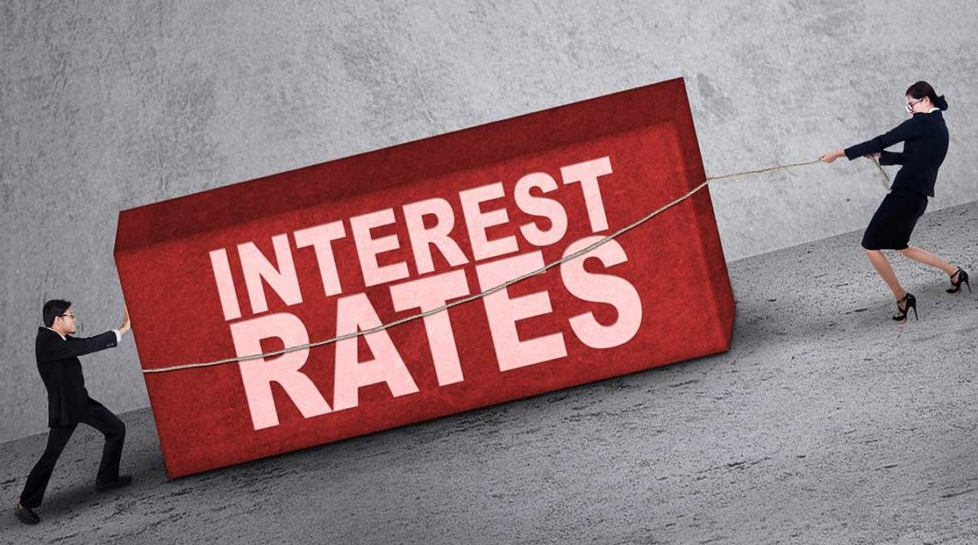How to calculate interest rates on a home loan?

Although several repo rate cuts (the rate at which banks borrow from the central bank) was made by the Reserve Bank of India (RBI), lending rates have not witnessed a corresponding shift. Homebuyers, therefore, are often eager to know why this occurs, and how banks and housing finance companies (HFCs) charge interest rates.
Below are the details about how housing finance companies, as well as banks, have charge interest on home loans.
How do banks charge interest rates on a home loan?
Previously, banks used to lend on the same terms as HFCs – i.e. the PLR. Since this lending framework was not transparent or consumer-friendly and to bring clarity in lending rates, from July 2010, the RBI introduced the concept of ‘base rate’ for the computation of lending rates.
The base rate is a threshold below which the banks, even to the strongest of borrowers are not permitted to lend. The aim of introducing the concept of the base rate was to improve consistency in lending and to ensure that banks pass on the repo rate cuts to consumers quicker than what was occurring under the PLR system.
The first objective was operated since the base rate acted as the lowest rate. Therefore, a borrower knew exactly what premium he paid over the rest of consumers, who could get the home loan at the base rate.
Drawbacks of base rate regime:
Banks failed to share the benefits of repo rate cuts quickly. Banks also developed ingenious ways of different calculations of base rates which were not clear. The base rate should be based on the cost of the bank’s funds.
However, since banks had portfolios of old deposits and higher-rate borrowings, their base rates were lowered quite marginally every time RBI reduced their repo rate. That was clear from the fact that while the RBI decreased the repo rate by 175 basis points from January 2014 to October 2016, the banks just lowered the base rate by only 50 basis points to 75 basis points, therefore, eliminating the benefits of reduction in the repo rate to the consumers.



















































































